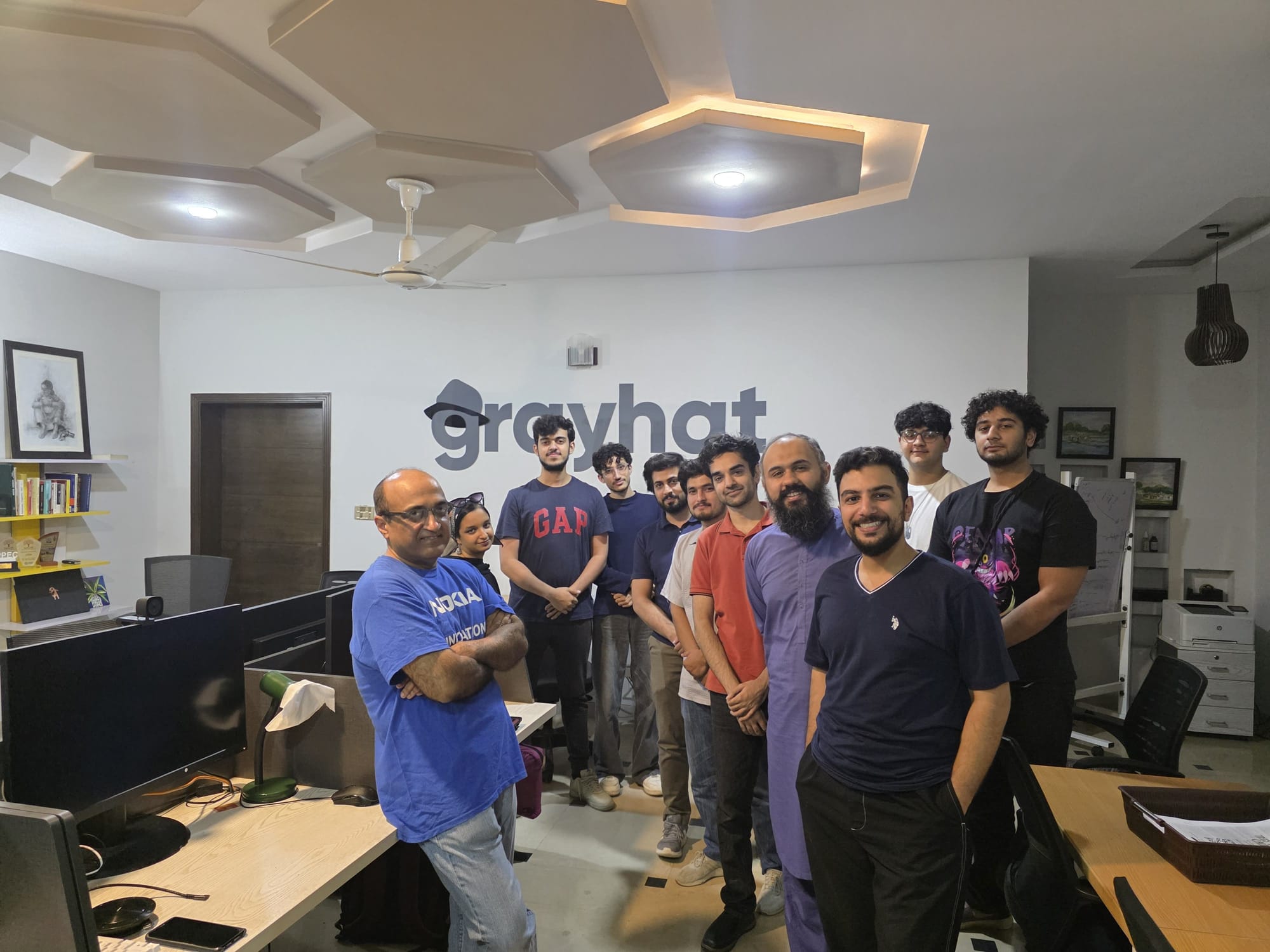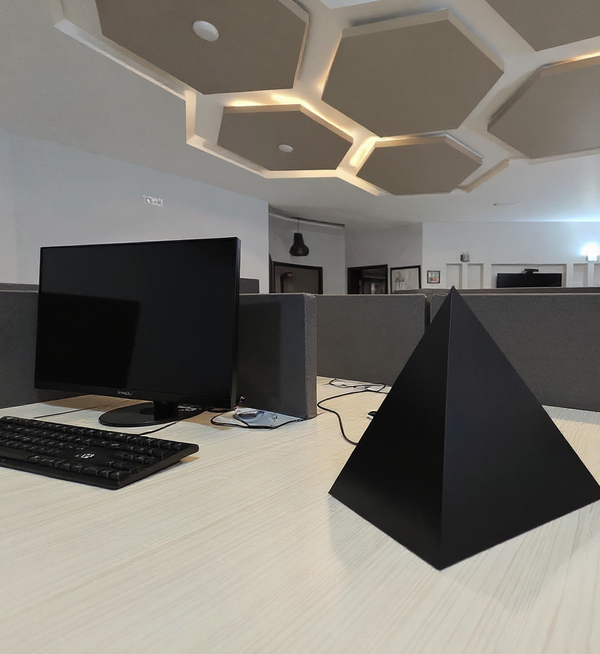"I can talk to machines"
Lessons from Saleem Koul’s journey through robotics, telecom, and engineering at scale.
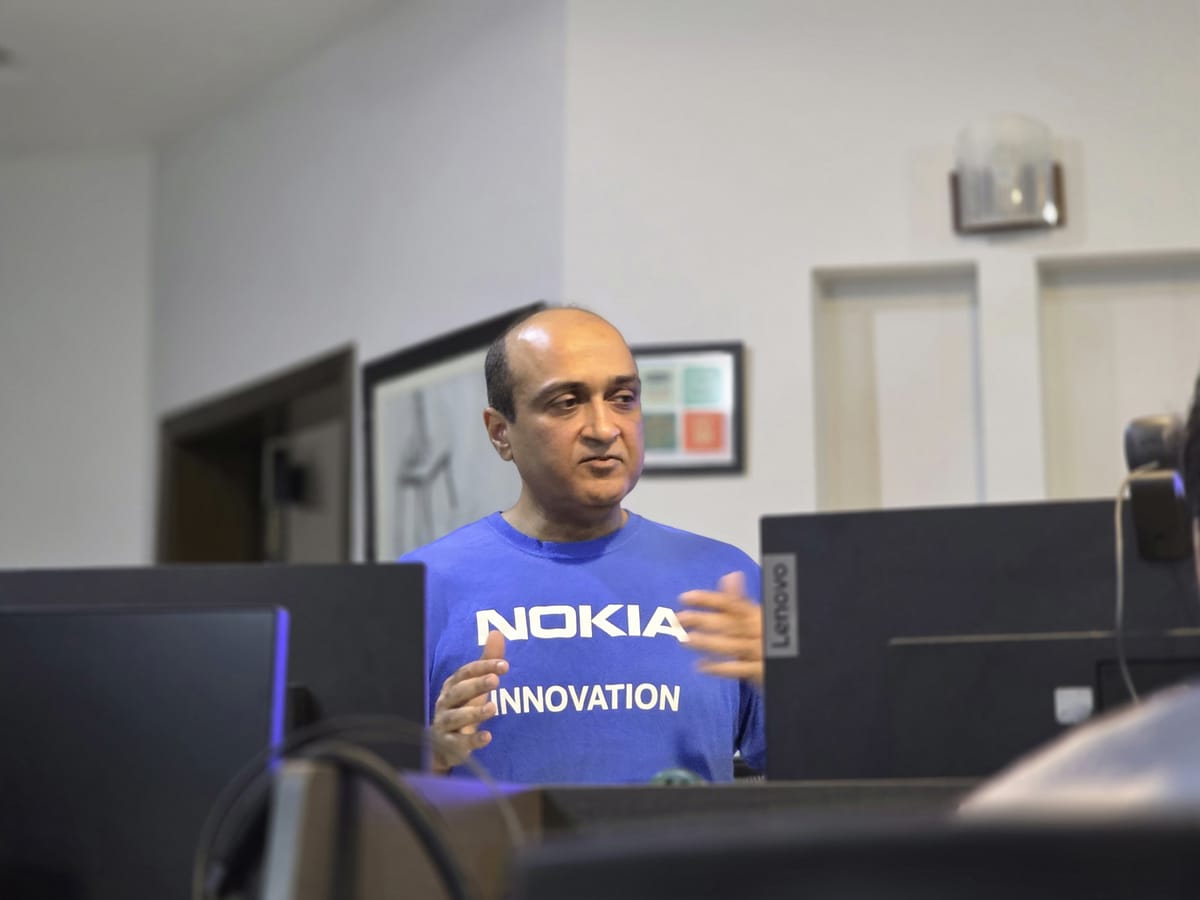
We had an awesome session with Saleem Koul, senior Software Engineer who has worked for around 30 years with multiple Big Tech companies including Motorola, Nokia and more (Intel, Qualcomm).
TLDR;
Based on his extensive career at industry giants like Nokia and Motorola, Mr. Saleem Koul emphasized that large, successful companies like Nokia operate on core principles of Focus, Innovation, and Quality. He illustrated that the best engineers distinguish themselves by proactively seeking solutions and automating processes, not just completing assigned tasks. True innovation, he taught, comes from a personal drive to improve systems and make the work of your entire team easier and more efficient, often by identifying manual bottlenecks and creating automated solutions that enhance speed, accuracy, and scalability. Ultimately, he championed the mindset of owning a problem, finding the optimal solution, and consistently striving to elevate both the product and the people around you.
Saleem Koul’s career spans robotics, embedded systems, telecom infrastructure, and 5G networks. Across these domains, his approach has been consistent: focus on solving real problems, automate wherever possible, and hold the line on engineering quality. He’s seen how large companies like Nokia operate at scale, and he’s distilled clear lessons on what it takes to become an exceptional engineer inside complex organizations.
Early Foundations
Saleem’s path began at the Pakistan Atomic Energy Commission, in a robotics lab experimenting with early AI methods. Long before machine learning became mainstream, he worked with single-layer perceptrons and genetic algorithm... back in the late 80s and early 90s, when AI was in its early stages.
He later moved to the University of Texas at Arlington, where he pursued Digital Signal and Image Processing, Computer Vision, and Medical Imaging. His research combined MRI’s structural data with PET’s functional imaging, improving the clarity and diagnostic utility of scans. He also worked on early UAV stability problems, applying control theory to keep aircraft stable — well before drones were commercialized.
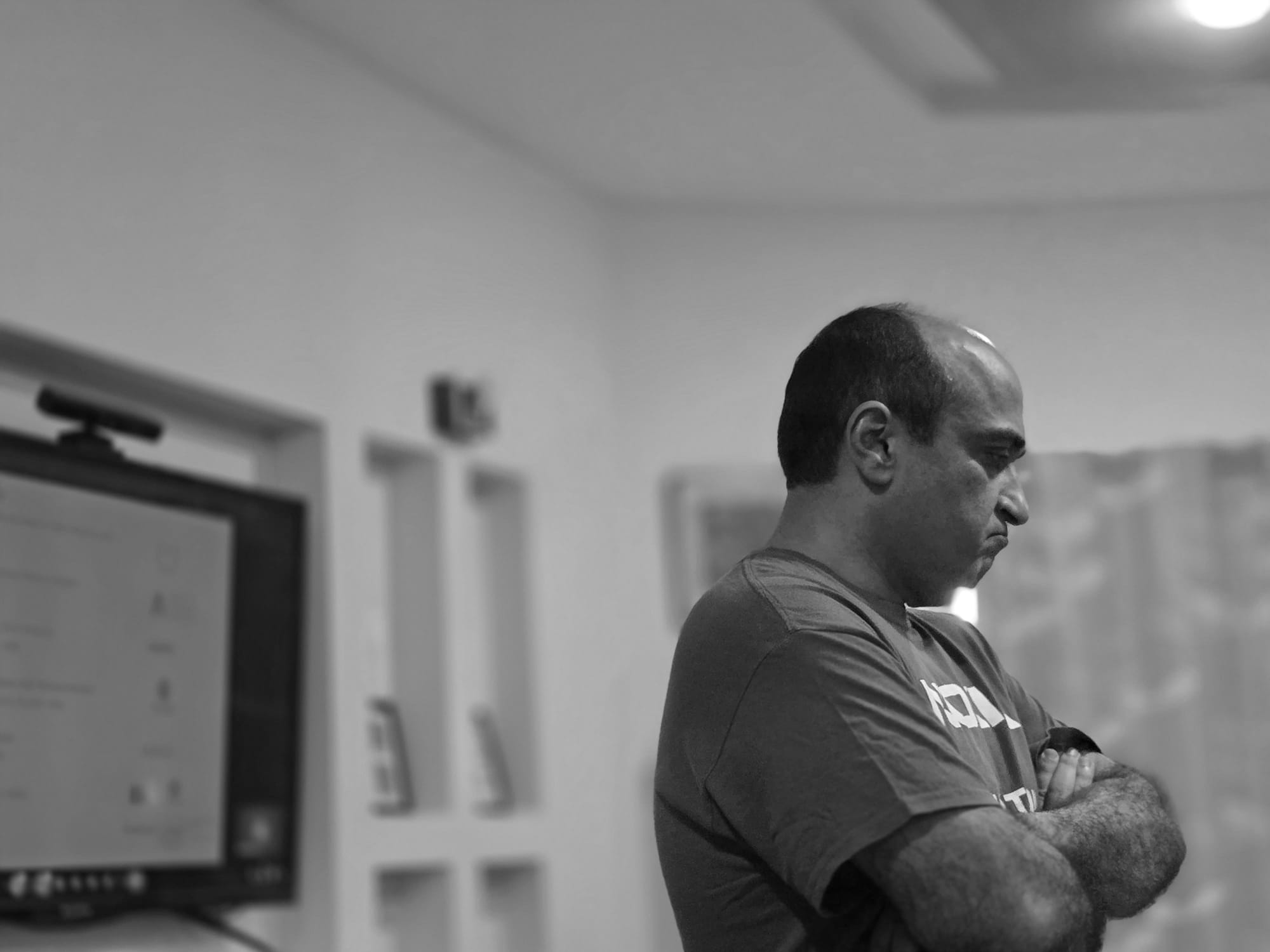
Entering Telecom
Saleem joined Nortel during the UMTS rollout, then moved to Motorola and later Nokia (via Motorola’s acquisition). His core work was in embedded systems, developing and testing vocoders, signal processing components, and low-level code for PowerPC architectures.
At Nokia, he observed that the company’s scale and resilience rested on three clear operational principles: Focus, Innovation, and Quality.
- Focus meant that projects were broken into essential, well-defined components. Distractions were minimized.
- Innovation wasn’t about brainstorming sessions; it was about finding better ways to do the work already at hand.
- Quality was non-negotiable — systems shipped only when they met rigorous internal standards, because failure at network scale was not an option.
Saleem often emphasizes that a great engineer isn’t the one who merely finishes the task, but the one who finds the most effective way to do it, even if that means redesigning the approach.
Automating the Hard Work
One of his most impactful contributions was in network testing automation. Traditionally, telecom teams performed manual drive tests: engineers would drive through test areas at night, measuring signal strength, handover performance, and call reliability. This process was slow, error-prone, and heavily dependent on human coordination.
Saleem developed a fully automated system — later nicknamed the Uber Driver project. Using Snapdragon devices, Qualcomm QXDM, GPS triggers, and custom scripts, his solution automated the entire process: data collection, post-processing, visualization, and reporting. By morning, the system generated Google Earth maps and presentation decks without human intervention.
The result was a 14× reduction in testing time. More importantly, it shifted how teams thought about field validation.
“Lab simulations are useful, but real-world testing tells you the truth,” he would often point out. Environmental factors like vegetation, air quality, or building density rarely matched lab conditions. His insistence on real-world data improved network reliability and forced teams to confront gaps in their assumptions.
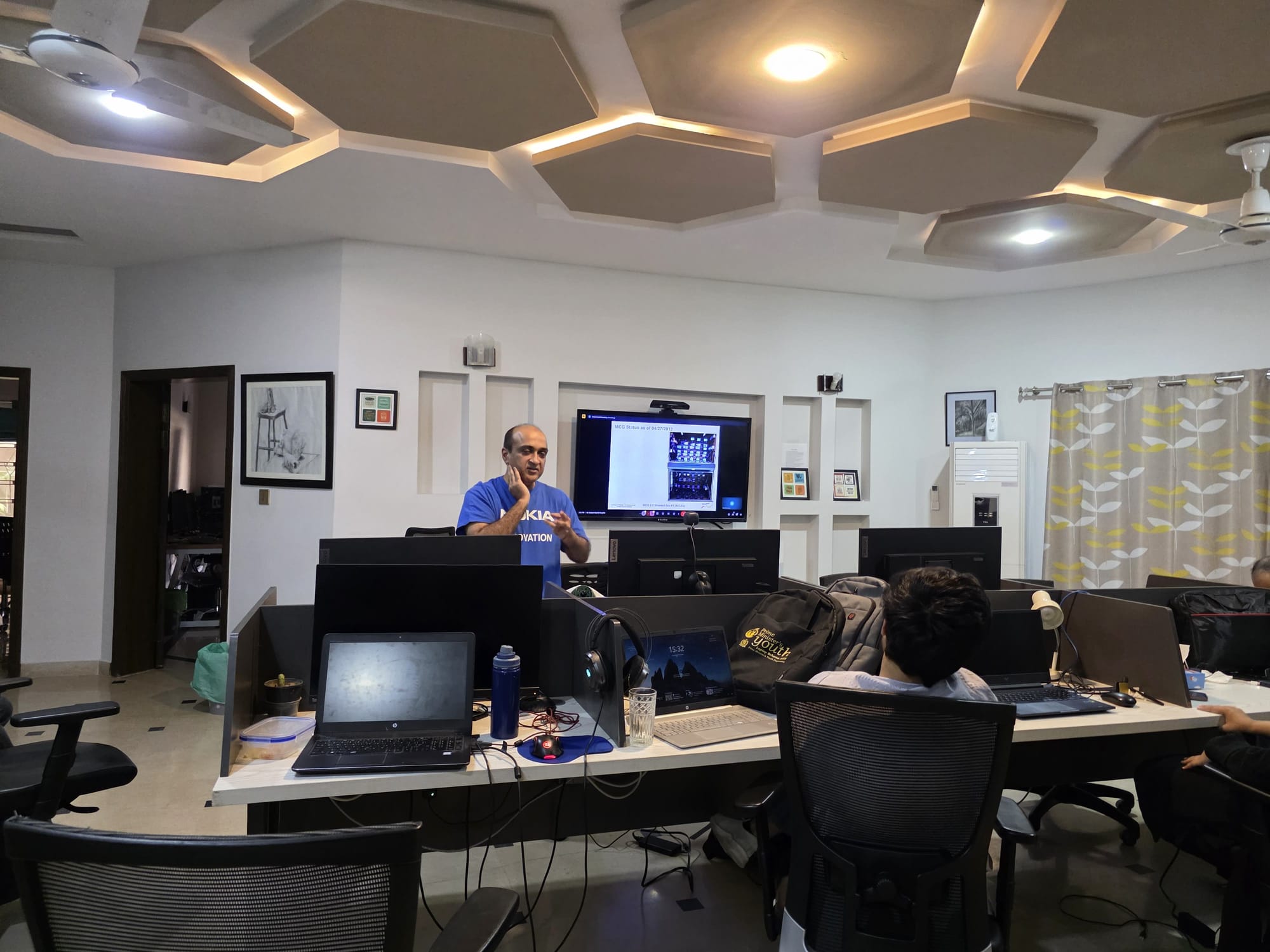
Multimedia and 5G
Saleem also led efforts to demonstrate 5G multimedia streaming at 26 GHz and 39 GHz bands. These live demos involved transmitting 4K and 8K video over directional links — a technically demanding task that revealed issues like line-of-sight sensitivity, multi-base station synchronization, and OS-specific bugs.
His role was to ensure these demos worked end-to-end, across devices, networks, and platforms. It was an example of how deep technical expertise, combined with disciplined execution, enables innovation at scale.
Navigating Large Organizations
Saleem is candid about the realities of working inside large technology companies. Technical excellence is essential, but organizational dynamics play a major role. Promotions often lead to managerial tracks, where technical work is replaced by politics and coordination. He consciously chose to remain on the engineering track, focusing on building systems rather than managing teams.
“If you’re technically strong, the system will always need you,” he says. “But at some point, you peak at a certain engineering level.”
Mentorship and Leadership
Saleem spent time as an educational leader for Nokia, mentoring interns. He highlights the rewarding nature of seeing their mentees go on to successful careers, often earning more money and securing better jobs than they had. He stressed that having a non-traditional degree (like a BA or a Mining Engineering degree) is not a barrier in the US corporate culture if one is enthusiastic and performs well.
He reflects on his career trajectory, explaining why he chose not to move into managerial roles despite reaching the top of the technical ladder.
He disliked corporate politics, which became more intense at higher managerial levels. Although there is some politics in technical roles as well, he emphasized that strong technical skills make one indispensable.
This dislike for politics ultimately shaped his decision to remain in technical and innovation-driven roles rather than pursuing senior management positions.
Saleem’s manager once encouraged him to move into a managerial position, given his years of experience and technical strength. Saleem declined. He explained that he preferred solving problems directly rather than managing people or politics.
His exact phrasing was:
“I told him, I can talk to machines. I can’t talk to people.”
On Programming (C Language) and Embedded Systems
When asked about their favorite aspects of C programming, Saleem explains:
- His work started off mostly on embedded systems, with limited memory and processing power.
- Libraries and high-level abstractions common on PCs were not feasible; instead, efficient C and assembly were required to work with microcontrollers like Motorola 68040 and PowerPC.
Over time, they worked across many domains — electrical engineering, mechatronics, robotics, and software — before finding their niche.
Reflections on Skills, Innovation, and Workplace Realities
Innovation is self-driven: No one told Saleem to innovate; he identified inefficiencies and built better solutions.
To stand out as an engineer, one must:
- Be proactive in problem-solving.
- Strive for the “best way” among many possible solutions.
Saleem recalled his early days manually calculating throughput line by line in terminals before automating testing, which drastically improved speed and efficiency.
"I'll tell you clearly, from my experience, your boss will never tell you to innovate... No one ever told me, this isn't good, do this, do that, it'll be so much better. No! I have a nerdy habit, if I am doing something redundant, I get bored... and then I automate it!"
Global Standards, Academia, and Technological Roots
Saleem briefly traced technological foundations:
- Mentioned Orthogonal Frequency Division Multiplexing (OFDM), cosine transform (core of JPEG), and figures like Dr. K. R. Rao (University of Texas at Arlington), his supervisor, whose work became industry standards.
- Standards compliance involves massive, detailed requirement PDFs that all vendors must follow.
Saleem emphasize how industry builds on academic research, but commercialization requires strict global standardization.
Observations from Home
After returning to Pakistan, Saleem continued working remotely for US companies. Eventually, taxation issues and unreliable infrastructure made it unsustainable. He has been clear in his assessment of the local tech landscape: Pakistan remains in a catch-up phase, often competing on cost rather than building ecosystems. In contrast, India’s early investments in infrastructure and capability have allowed it to leap forward.
Takeaways
Saleem’s career offers practical lessons for engineers and organizations alike:
- Anchor in Focus, Innovation, and Quality. These principles scale.
- Automate wherever possible. If a task is repetitive, make it disappear.
- Validate in the real world. Simulations have limits.
- Stay technically sharp. Strong engineers shape products as much as managers.
- Adapt to structures but don’t be consumed by them.
His journey reflects how sustained technical excellence, applied consistently over decades, can shape industries — often without fanfare.
